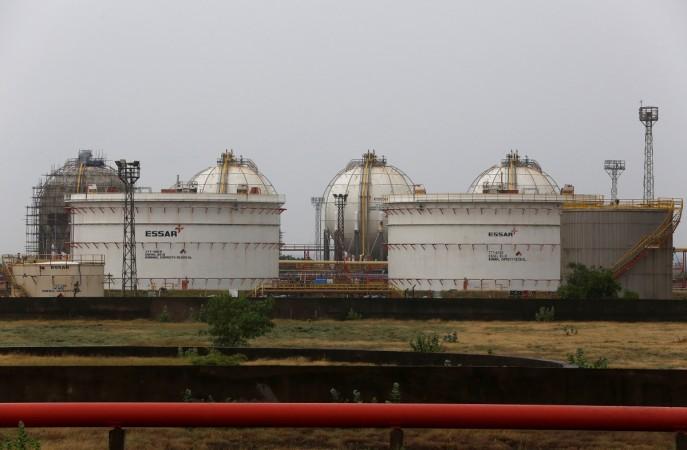
Oil prices rose to five-month highs on Monday, driven up by OPEC's ongoing supply cuts, US sanctions against Iran and Venezuela and healthy US jobs data.
International benchmark Brent futures were at $70.69 per barrel at 0047 GMT on Monday, up 35 cents, or 0.5 per cent from their last close.
The US West Texas Intermediate (WTI) crude was up 35 cents, or 0.6 per cent, at $63.43 per barrel.
Brent and WTI both hit their highest levels since November last year at $70.76 and $63.48 per barrel, respectively, early on Monday.
"Brent prices increased more than 30 per cent year-to-date as OPEC+ continued to cut supply for 4 months in a row and optimism over U.S-China trade talks helped to buoy the demand outlook," US bank JP Morgan said in a note released over the weekend.
Traders said strong US jobs data from Friday also helped lift Asian markets early on Monday.
Energy consultancy FGE said OPEC-led supply cuts meant "excess inventories are disappearing and the market looks healthy," adding that "the market is poised for prices to rise to $75 per barrel or higher" for Brent.
Oil prices have also been driven up by US sanctions against OPEC-members Iran and Venezuela.
"Sanctions can cut 500,000 bpd of Venezuelan exports. Add that to a cut in Iran waivers and prices can rise substantially," FGE said.
There remain, however, some factors that could bring prices down later this year.
Russia is a reluctant participant in its agreement with OPEC to withhold output, and Russian oil production may increase again if a deal with the producer club is not extended once it expires before July 1, Energy Minister Alexander Novak said on Friday.
Russian oil output reached a record high of 556 million tonnes, or 11.16 million barrels per day (bpd), last year.
In the United States, crude oil production reached a record 12.2 million bpd in late March.
The US crude exports have also risen, breaking through 3 million bpd for the first time earlier this year.
"With the new Permian pipelines (from July), we can see a boost of 500,000 to 600,000 bpd in US exports," FGE said.
There also still remain concerns about the health of the global economy, especially should China and the United States fail to resolve their trade dispute soon.
"Global (trade) demand has weakened, and existing tariffs on Chinese goods shipments to the US are providing an additional drag," credit rating agency Moody's said on Monday, although it added that Chinese monetary stimulus measures would likely support growth over 2019.














